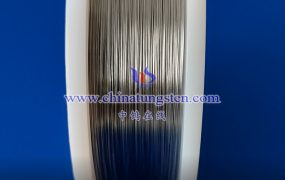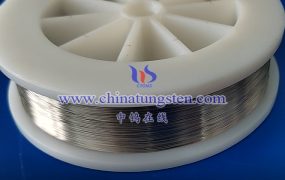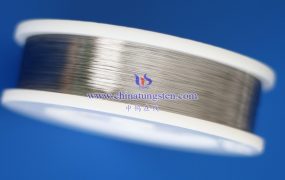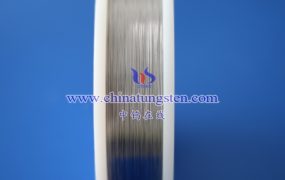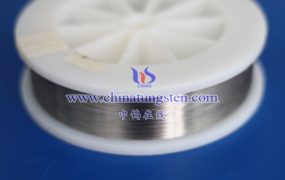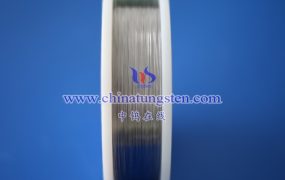The comparison of tungsten wire for textiles weaving gloves and carbon fiber wire in strength involves different characteristics of the two. The following is a comparison of the strength of the two:
- Tensile strength
Tungsten wire: The tensile strength of tungsten wire is very high, usually between 2500-5000 MPa, which makes it very strong under high stress conditions.
Carbon fiber wire: The tensile strength of carbon fiber is also very high, usually between 3500-6000 MPa, depending on the grade of the fiber. The strength of high-performance carbon fiber can exceed tungsten wire.
- Density and specific strength
Tungsten wire: Tungsten has a very high density (about 19.25 g/cm³). Although it has high strength, its specific strength (strength/density) is low.
Carbon fiber wire: The density of carbon fiber is much lower than tungsten (about 1.6-2.0 g/cm³), so although the tensile strength of the two is similar, the specific strength of carbon fiber is much higher than that of tungsten wire. This makes carbon fiber more advantageous in applications that require lightweight and high strength.
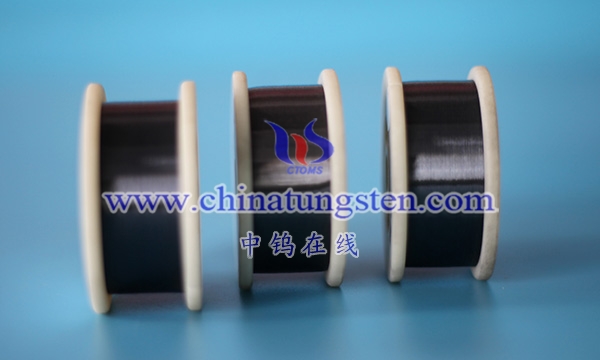
- Rigidity and flexibility
Tungsten wire: Tungsten wire has high rigidity and poor toughness. It is easy to break during bending or weaving, and is not suitable for weaving applications that require flexibility.
Carbon fiber wire: Carbon fiber wire is relatively flexible and can provide good flexibility while maintaining high strength. It is very suitable for complex weaving structures and applications that require a certain degree of flexibility.
- High temperature resistance
Tungsten wire: Tungsten has an extremely high melting point (about 3422°C) and can still maintain its strength and stability under extremely high temperature conditions.
Carbon fiber filaments: Carbon fiber has excellent high temperature resistance and can usually remain stable at temperatures around 500°C, but will oxidize and decompose at higher temperatures.
- Corrosion resistance
Tungsten filaments: Tungsten has weak resistance to oxidation and corrosion and is easily oxidized at high temperatures, so it needs to be used in an inert gas or vacuum.
Carbon fiber filaments: Carbon fiber has very good corrosion resistance, especially in acidic and alkaline environments, and its performance is stable.
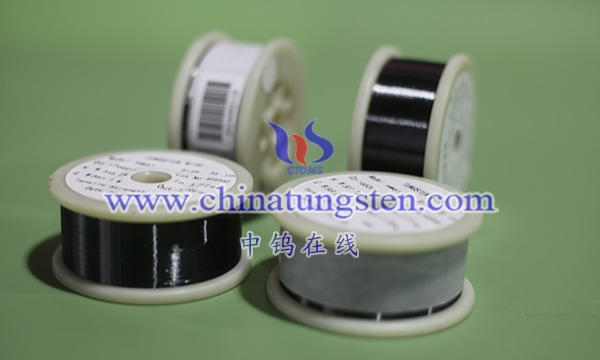
Summary
Tungsten filaments are high in strength and high in temperature resistance, suitable for applications with extreme high temperatures and high strength requirements, but their high density and high rigidity may not be suitable for braiding applications that require lightness or flexibility.
Carbon fiber filaments have comparable strength and high specific strength, making them very suitable for braiding applications that require high strength, lightness and a certain degree of flexibility. They are widely used in aerospace, sports equipment and high-performance composite materials.
More details of tungsten wires, please visit website: http://tungsten.com.cn/tungsten-wires.html
Please contact CHINATUNGSTEN for inquiry and order of tungsten needles:
Email: sales@chinatungsten.com
Tel.: +86 592 5129595
